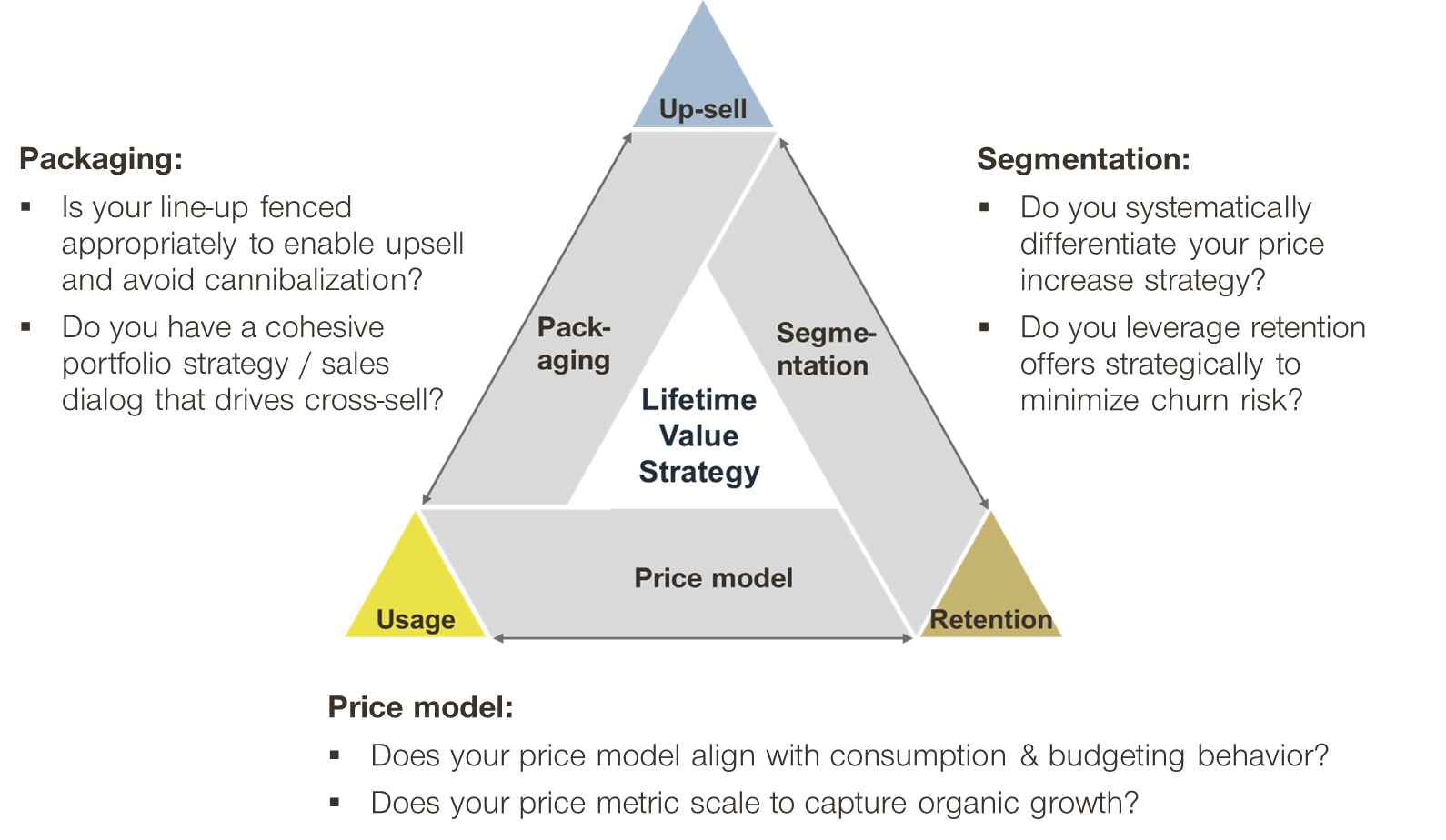A Tech Expert's Advice on Growing Customer Lifetime Value
In every industry, companies are moving away from traditional revenue models and shifting towards strategies that are centered around recurring revenue and subscriptions. By removing large investments associated with perpetual licensing, these businesses have reduced switching costs for customers, especially in the B2B space.
Free Download: 17 Templates to Help You Put the Customer First
At my organization, we've found that a subscription price model can be a great way for companies to lock in recurring revenue. That's because this approach grows customer lifetime value (LTV) which increases profit for businesses over time.
In this post, let's explain the fundamentals of growing customer lifetime value, then we'll provide some best practices you can use to increase LTV at your business.
How to Grow Customer Lifetime Value
Growing LTV means improving your relationship with the average customer, and it's built on three cornerstones.
1. Upselling and Cross-Selling
A key driver of LTV is the ability to upsell customers on premium subscriptions or cross-sell them on additional products that fit their needs. Your basic-level products shouldn't give away all of your value upfront, creating a path for you to upsell and cross-sell over time.
2. Expanding Product Usage
Product usage can also be an LTV driver if you have the right licensing and price model to capture the value of increased usage. Ways of driving usage include acquiring more users, expanding to adjacent departments, and installing or ungating additional product features.
3. Increasing Customer Retention
Reducing churn and increasing customer retention are essential for driving LTV growth. That's because LTV is calculated by multiplying customer value by average customer lifespan. So, if you increase customer lifespan through improved retention rates, you'll increase LTV.
If you focus exclusively on customer acquisition and market penetration, you'll eventually hit a saturation point. That's why an LTV-based strategy is important for sustaining revenue and profit growth. With our project experience, we know that SaaS companies that increase LTV grow their installed base bookings by more than 20% each year.
So, what's their secret?
These companies understand how the three cornerstones connect, and they use price models, segmentation, and packaging to drive LTV. They've learned what works best for each of these levers, and what doesn't. To let you in on their secrets, here are some tips to consider when adopting an LTV growth strategy.
Best Practices for Growing Customer Lifetime Value
1. Make sure a subscription model is right for your business.
A square peg won't fit into a round hole and subscription models have been crowned the "Holy Grail" of recurring revenue. However, they can be extremely unprofitable when applied to the wrong industry, particularly the consumer industry where subscribers often cancel within the first few months and those who stay typically reduce spending over time. As a result, many companies fail to recoup acquisition costs, which are often high due to costly promotional offers and marketing campaigns.
If your company is having trouble determining the right pricing model for your product, you should consider the following questions outlined in the graphic below.
Source: Simon-Kucher & Partners
2. Select a pricing model that aligns with your customers' product usage.
As we mentioned above, not every pricing model is "one-size-fits-all." For example, think about the risks a subscription model has in an industry like ride-sharing. With a ride-sharing subscription, riders who frequently use the service are more likely to sign up than new users. Rather than acquiring more customers, it'll only attract users who are already customer advocates and don't need any extra incentive to use your product.
In these industries, customer loyalty programs can be much more effective than subscription models. The best loyalty programs combine hard benefits, like rewards, with softer, relationship-driven ones. For instance, a soft benefit could be inviting members to join a beta testing group and submit ideas to your team. What's key is that your loyalty program isn't a mere discounting scheme but rather a means to building a mutually beneficial relationship.
3. Choose a range of metrics to measure success.
Even if your aim is to go with a very simple pricing model, it should not impede LTV growth as you move forward. One common pitfall is to rely on a price metric that doesn't scale or plateaus over time. While the tech world often defaults to a user-based metric, relying solely on this can limit your ability to capture higher prices in the future. So, be sure to consider a range of metrics to accurately measure success and ensure your pricing model is encouraging LTV growth.
Comments
Post a Comment